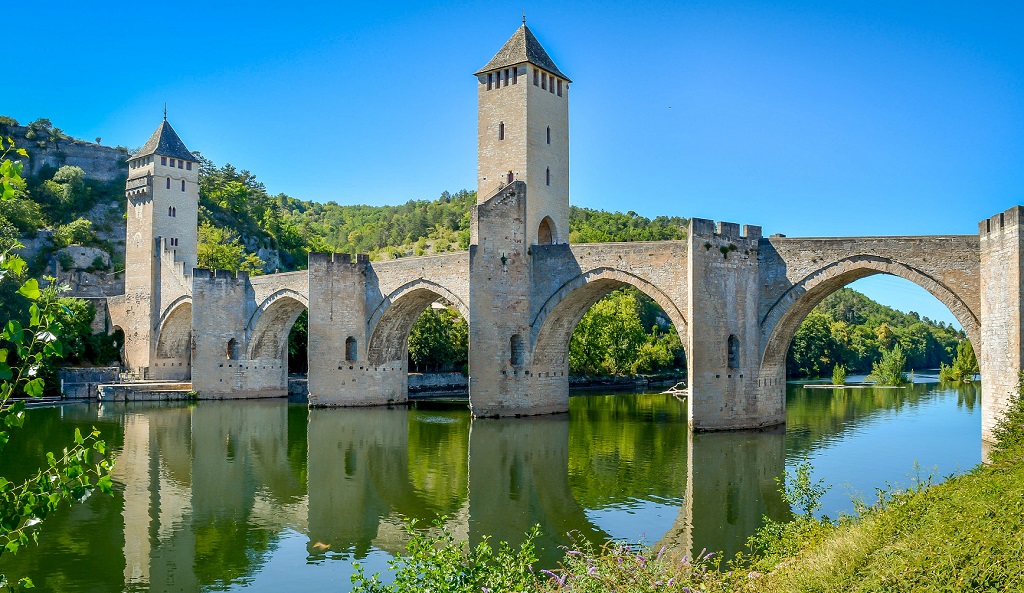
With a dramatic setting in a meander of the river Lot, the charming city of Cahors and the region which extends around it, has been producing so-called ‘black wine’ from the Malbec grape, since the Middle Ages.

One hundred or so kilometres north of Toulouse, and around two hundred kilometres from both the Mediterranean Sea (to the southeast) and the Atlantic Ocean (to the west), Cahors’ location places it under the influence of various climatic conditions, many of which are conducive to effective viticultural activity. The summers here are long and warm, with intense sunshine during the day and average temperatures exceeding those of the [Bordeaux](/region/bordeaux) region. Conversely, rainfall is significantly lower than in its acclaimed westerly neighbour, and whilst downpours in autumn and winter are not uncommon, the overall drier climate forces the vines deeper into the soils in search of hydration. The growing areas of Cahors are characterised by a limestone plateau and sandy gravel slopes - with the wines from each terroir subtly reflecting these differences. Historically, the region has a good reputation for wine-making - certainly up until the late nineteenth century when progress was halted by the Phylloxera epidemic, and again by the destructive frosts of 1956 which called for a complete replanting of the vineyards. This was seen as an opportunity by many producers, who chose to increase the dominance of [Malbec](/malbec) in the region. Today, the vineyards of Cahors cover an area of approximately four-thousand-three-hundred hectares with the most highly regarded wine-producing communes perhaps Luzech, Mercuès, Parnac, Prayssac, Grézels and Vire sur Lot. Established as an appellation d’origine contrôlée in 1971, the label ‘Cahors AOC’ can only be applied to red wines produced within the defined geographic restriction, which comprise at least 70% [Malbec](/malbec). Many of the region’s wines are mono-varietal, and those that are not, blend the principal grape with other permissible varieties, [Merlot](/merlot) and / or [Tannat](/tannat). White or rosé wines cannot use the Cahors designation, rather those produced here are usually sold under the label, Vin de Pays du Lot. Driven by the dark, tannic [Malbec](/malbec) grape, Cahors wines are aromatic, robust and powerful, with an intense, inky hue and high alcohol content.



